Home>Technology>Home Entertainment Systems>How To Use Your Phone As A Projector
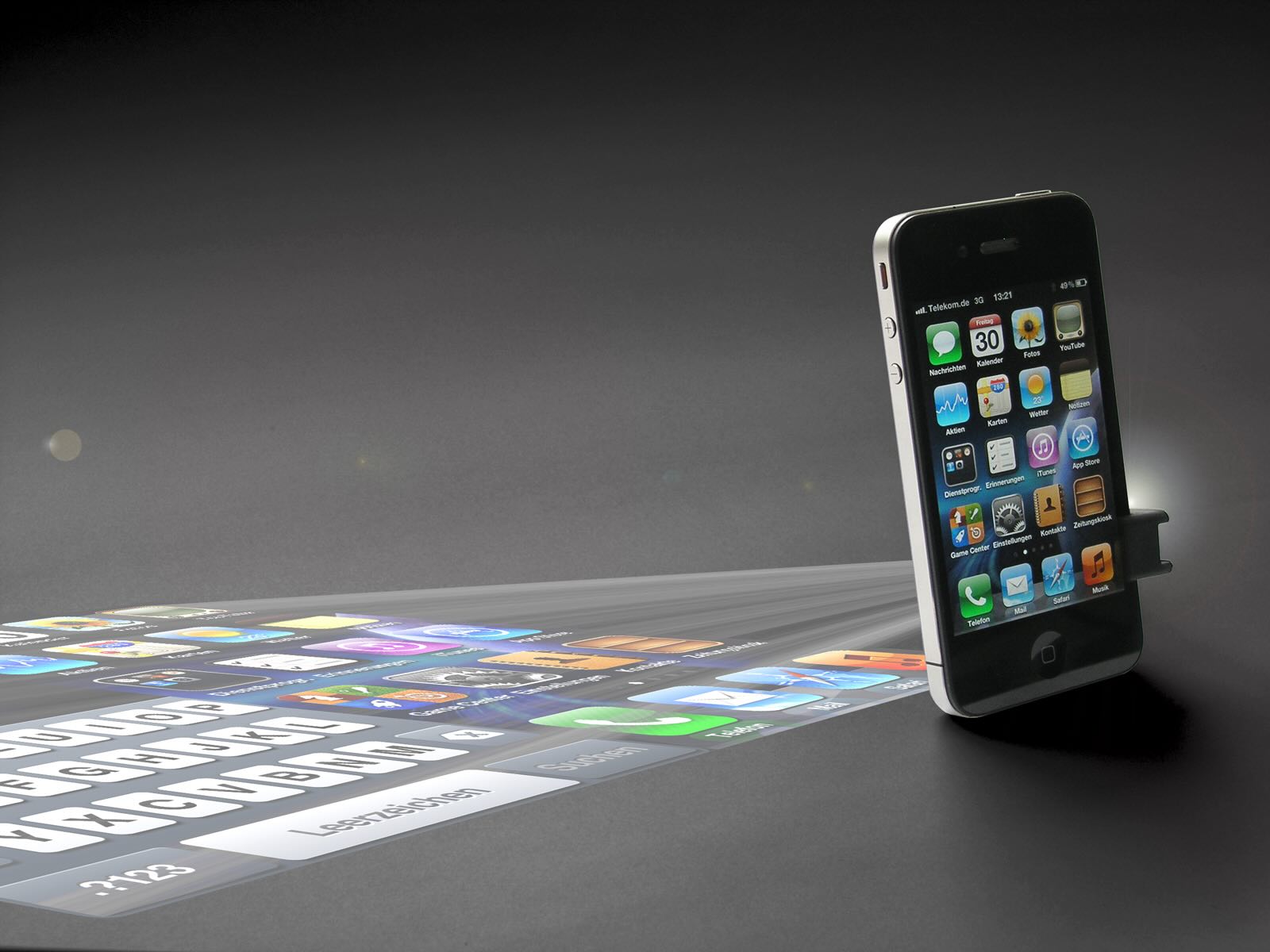

Home Entertainment Systems
How To Use Your Phone As A Projector
Modified: February 26, 2024
Learn how to turn your phone into a projector for your home entertainment system. Discover easy tips and tricks for a cinematic experience.
(Many of the links in this article redirect to a specific reviewed product. Your purchase of these products through affiliate links helps to generate commission for Storables.com, at no extra cost. Learn more)
Introduction
Welcome to the future of entertainment! Imagine turning any blank wall into a cinema screen or transforming your living room into a concert hall with just your smartphone. The advancement of technology has made this possible through the use of phone projectors. In this guide, we will explore the fascinating world of using your phone as a projector, providing you with the knowledge and tools to unlock a whole new level of entertainment in the comfort of your own home.
Gone are the days of being confined to a small screen for your viewing pleasure. Now, with the convenience of a phone projector, you can enjoy an immersive viewing experience on a much larger scale. Whether you want to host a movie night, share a presentation, or simply amplify the visual impact of your phone's content, a phone projector opens up a world of possibilities.
Throughout this guide, we will delve into the intricacies of phone projectors, including the best apps to use, how to connect your phone to a projector, and tips for optimizing your projection experience. By the end of this journey, you will have the confidence and expertise to seamlessly integrate your phone projector into your entertainment repertoire, elevating your viewing and sharing experiences to new heights.
So, grab your smartphone and get ready to embark on a captivating exploration of how to harness the power of your phone as a projector. Whether you're a tech enthusiast, a movie buff, or a professional looking to enhance your presentations, this guide is your gateway to discovering the endless possibilities that phone projectors have to offer. Let's dive in and unlock the potential of your phone as a projector!
Key Takeaways:
- Transform any space into a cinema or presentation venue by using your phone as a projector. Enjoy movies, share presentations, and unleash your creativity with the power of multimedia projection.
- Choose the right apps, connect seamlessly, and optimize settings to elevate your phone projector experience. Engage your audience, customize display presets, and maintain your equipment for exceptional multimedia projection.
Read more: How To Make A Projector With A Phone
Understanding Phone Projectors
Phone projectors, also known as smartphone projectors, are compact devices that utilize the display capabilities of smartphones to project images and videos onto a larger screen or surface. These innovative gadgets harness the power of your smartphone’s screen and turn it into a portable projection system, making it possible to share multimedia content in a variety of settings.
There are two main types of phone projectors: standalone projectors and projector attachments. Standalone projectors are independent devices that incorporate projection technology, while projector attachments are accessories that can be connected to smartphones, enhancing their projection capabilities.
Standalone phone projectors are designed with built-in hardware and software to facilitate projection directly from the device. They often feature compact designs, making them highly portable and suitable for on-the-go use. On the other hand, projector attachments are external accessories that can be connected to smartphones, leveraging the phone’s display to create a projection. These attachments come in various forms, such as mini projectors that connect to the phone’s charging port or wireless projection devices that establish a connection via Bluetooth or Wi-Fi.
One of the key advantages of phone projectors is their versatility. They can be used for a wide range of applications, including entertainment, education, business presentations, and more. Whether you’re looking to enjoy a movie with friends, deliver a dynamic presentation, or showcase visual content in a creative manner, phone projectors offer a convenient and portable solution.
As technology continues to evolve, phone projectors have become increasingly sophisticated, with enhanced projection quality, improved connectivity options, and advanced features such as keystone correction and auto-focus capabilities. These advancements have contributed to the growing popularity of phone projectors as versatile and practical tools for multimedia projection.
By understanding the capabilities and applications of phone projectors, you can harness the power of these devices to elevate your entertainment experiences, enhance your professional presentations, and unleash your creativity in sharing visual content. The next step is to explore the best apps for maximizing the potential of your phone projector.
Choosing the Right Apps
When it comes to leveraging the full potential of your phone projector, selecting the right apps is crucial for optimizing your projection experience. The availability of diverse apps tailored for projection purposes allows you to expand the scope of content that can be shared and displayed using your phone projector.
One of the key considerations when choosing projection apps is compatibility with your specific phone projector model. Some phone projectors are designed to work seamlessly with certain apps, offering enhanced features and functionality. It’s important to research and identify app compatibility to ensure a smooth and efficient projection experience.
For general multimedia projection, there are several versatile apps that cater to a wide range of content types, including videos, photos, presentations, and more. These apps often provide intuitive interfaces and user-friendly controls, making it easy to navigate and customize your projection settings.
For movie enthusiasts, there are specialized apps that offer comprehensive libraries of films and TV shows, allowing you to access a vast array of entertainment content for projection. These apps may also include features such as streaming capabilities, offline viewing options, and customizable playback settings to enhance your cinematic experience.
When it comes to sharing presentations or conducting professional meetings, there are dedicated apps designed for seamless projection of slideshows, documents, and interactive content. These apps often integrate with popular productivity suites, enabling you to effortlessly showcase your work and engage your audience with impactful visual presentations.
For creative expression and artistic projection, there are apps that cater to interactive multimedia experiences, enabling you to unleash your imagination and share immersive visual content. Whether you’re interested in interactive storytelling, digital art exhibitions, or immersive gaming experiences, these apps provide a platform for innovative and engaging projection activities.
Furthermore, it’s essential to consider the technical capabilities and features offered by projection apps, such as support for high-definition content, screen mirroring functionality, customizable aspect ratios, and compatibility with various file formats. By evaluating these factors, you can select apps that align with your specific projection needs and preferences.
Ultimately, choosing the right apps for your phone projector empowers you to unlock the full potential of multimedia projection, enabling you to seamlessly share, display, and interact with a diverse range of content. With the right apps at your disposal, you can elevate your projection experiences and explore new dimensions of visual storytelling and entertainment.
Connecting Your Phone to a Projector
Connecting your phone to a projector is a straightforward process that opens up a world of possibilities for sharing and presenting multimedia content. Whether you’re hosting a movie night, delivering a professional presentation, or showcasing creative projects, establishing a seamless connection between your phone and the projector is essential for a successful projection experience.
Before initiating the connection, it’s important to determine the compatibility and connectivity options available for your specific phone and projector models. Some projectors support direct wired connections to smartphones, while others may offer wireless connectivity options such as Bluetooth, Wi-Fi, or screen mirroring technologies.
If your projector supports wired connections, you can utilize compatible cables, such as HDMI or USB-C to HDMI adapters, to establish a direct link between your phone and the projector. This method ensures stable and reliable transmission of audio and video signals, delivering high-quality projection output without latency or connectivity issues.
For projectors that support wireless connectivity, you can leverage technologies such as Bluetooth or Wi-Fi to establish a seamless connection between your phone and the projector. Wireless connections offer the flexibility to move around and control the projection from your phone, providing a convenient and versatile projection experience.
Screen mirroring is another popular method for connecting your phone to a projector wirelessly. Many smartphones support screen mirroring functionality, allowing you to mirror your phone’s display onto the projector screen in real time. This feature is particularly useful for sharing photos, videos, and interactive content with a larger audience.
Additionally, some projectors are equipped with built-in apps or software that facilitate easy connectivity with smartphones, streamlining the process of establishing a connection and optimizing the projection settings for a seamless viewing experience.
Once the connection is established, you can adjust the projection settings on your phone to optimize the display output, including aspect ratio, resolution, and screen orientation. This customization ensures that your projected content is presented in the best possible format, enhancing the visual impact and clarity of the projection.
By mastering the art of connecting your phone to a projector, you can unleash the full potential of your multimedia content, seamlessly sharing and presenting a wide range of visual material with ease and precision. Whether you’re a movie enthusiast, a professional presenter, or a creative storyteller, the ability to connect your phone to a projector empowers you to bring your ideas and entertainment to life on the big screen.
You can use your phone as a projector by connecting it to a compatible projector using a HDMI cable or wirelessly via screen mirroring. Make sure to adjust the phone’s display settings for the best projection quality.
Adjusting Settings and Display
Once your phone is connected to the projector, it’s essential to fine-tune the projection settings and display parameters to ensure optimal visual quality and a captivating viewing experience. By adjusting the settings and display options, you can customize the projection output to suit your specific content and audience, maximizing the impact of your multimedia presentation or entertainment showcase.
One of the key settings to consider is the aspect ratio, which determines the proportional relationship between the width and height of the projected image. Selecting the appropriate aspect ratio based on your content type, such as standard (4:3) or widescreen (16:9), ensures that your images and videos are displayed in the correct dimensions, preventing distortion or cropping of the visual material.
Resolution settings play a crucial role in determining the clarity and sharpness of the projected content. Adjusting the resolution to match the native resolution of your projector can significantly enhance the visual fidelity of your multimedia material, delivering crisp and detailed images and videos for an immersive viewing experience.
Furthermore, screen orientation settings allow you to customize the projection orientation, ensuring that your content is displayed in the desired landscape or portrait mode. This feature is particularly useful for showcasing presentations, slideshows, and interactive content in the most suitable orientation for your audience’s viewing comfort and engagement.
Keystone correction is a valuable tool for adjusting the projected image to compensate for distortion caused by the angle of the projector relative to the projection surface. By utilizing keystone correction settings, you can ensure that the projected image appears correctly proportioned and undistorted, even when the projector is positioned at an angle or off-center.
Brightness and contrast adjustments enable you to optimize the visual impact of your projection, enhancing the clarity and vibrancy of the displayed content. Fine-tuning these settings based on the ambient lighting conditions and the nature of your content can significantly elevate the overall visual appeal and legibility of the projection.
Color settings offer the flexibility to customize the color balance, temperature, and saturation of the projected image, allowing you to achieve the desired color accuracy and vibrancy for your multimedia content. This level of customization ensures that your images and videos are presented with stunning color reproduction and visual fidelity.
By carefully adjusting the settings and display parameters of your phone projector, you can transform any surface into a captivating canvas for sharing multimedia content. Whether you’re projecting movies, presentations, photos, or creative visual material, the ability to fine-tune the projection settings empowers you to deliver impactful and immersive experiences that captivate and engage your audience.
Read more: How To Cast Phone To Projector
Tips for Better Projection
Enhancing the quality and impact of your phone projector’s projection output involves a combination of technical considerations and practical strategies. By implementing the following tips, you can elevate the overall projection experience, ensuring that your multimedia content is presented with clarity, vibrancy, and visual appeal.
- Optimize Ambient Lighting: When setting up your projection area, consider the ambient lighting conditions. Dimming the lights or creating a controlled lighting environment can enhance the contrast and visibility of the projected content, resulting in a more immersive viewing experience.
- Choose the Right Projection Surface: Selecting an appropriate projection surface is essential for achieving optimal image quality. Smooth, neutral-colored surfaces, such as projector screens or blank walls, provide the best backdrop for clear and vibrant projections.
- Position the Projector Correctly: Ensure that the projector is positioned at the optimal distance and angle relative to the projection surface. Following the manufacturer’s guidelines for projection distance and alignment can help maximize the clarity and sharpness of the projected image.
- Calibrate Audio-Visual Synchronization: If your phone projector includes audio output, ensure that the audio and video are synchronized for seamless playback. Adjusting the audio delay settings, if available, can help align the audio with the projected content for a cohesive multimedia experience.
- Utilize External Audio Devices: For enhanced audio quality, consider connecting external speakers or audio systems to complement the visual projection. This can elevate the overall audio-visual experience, especially when enjoying movies, music videos, or multimedia presentations.
- Engage Your Audience: Encourage interaction and engagement with the projected content by incorporating interactive elements, such as audience participation activities, live polls, or Q&A sessions. This fosters a dynamic and immersive experience for viewers, enhancing the impact of your projection.
- Customize Display Presets: Many phone projectors offer preset display modes tailored for specific content types, such as movies, presentations, or gaming. Experimenting with these presets can optimize the projection output for different scenarios, ensuring that your content is presented with the ideal visual settings.
- Regular Maintenance and Cleaning: Keep your phone projector and projection surfaces clean and well-maintained to preserve image quality and prevent dust or debris from affecting the projection. Regular cleaning and maintenance routines can prolong the lifespan of your projector and ensure consistent performance.
By implementing these tips, you can elevate the quality and impact of your phone projector’s projection output, creating an immersive and captivating visual experience for a wide range of multimedia content. Whether you’re enjoying movie nights, delivering professional presentations, or sharing creative projects, these strategies can enhance the overall projection experience, ensuring that your content is presented with exceptional clarity and visual appeal.
Conclusion
Congratulations on embarking on a journey to unlock the full potential of your phone as a projector. Through the exploration of phone projectors, app selection, connectivity methods, and projection optimization, you have gained valuable insights into the world of multimedia projection, opening up a myriad of possibilities for entertainment, education, and professional presentations.
The ability to seamlessly connect your phone to a projector and project multimedia content onto a larger screen empowers you to transform any space into a captivating canvas for visual storytelling and sharing. Whether you’re indulging in movie nights with friends, delivering impactful presentations in professional settings, or unleashing your creativity through immersive visual experiences, the versatility of phone projectors offers a gateway to a new realm of multimedia projection.
As you continue to explore the world of phone projectors, remember to leverage the power of compatible apps, optimize projection settings, and implement practical strategies for enhancing the overall projection experience. By fine-tuning the technical aspects and embracing creative approaches, you can elevate the impact and quality of your multimedia projections, captivating audiences and delivering immersive visual experiences.
Whether you’re a tech enthusiast, a content creator, or a professional presenter, the fusion of your phone and a projector represents a powerful tool for sharing, storytelling, and engagement. Embrace the endless possibilities that phone projectors offer, and let your imagination soar as you bring your multimedia content to life on the big screen.
With the knowledge and insights gained from this guide, you are well-equipped to harness the potential of your phone as a projector, transforming ordinary moments into extraordinary visual experiences. Embrace the magic of multimedia projection, and let your phone projector become a gateway to a world of captivating entertainment and impactful presentations.
So, grab your smartphone, unleash your creativity, and embark on a captivating journey of multimedia projection. The world is your canvas, and your phone projector is the key to unlocking a realm of immersive visual storytelling and sharing. Let the magic of projection unfold, and enjoy the endless possibilities that await you on the big screen!
Frequently Asked Questions about How To Use Your Phone As A Projector
Was this page helpful?
At Storables.com, we guarantee accurate and reliable information. Our content, validated by Expert Board Contributors, is crafted following stringent Editorial Policies. We're committed to providing you with well-researched, expert-backed insights for all your informational needs.
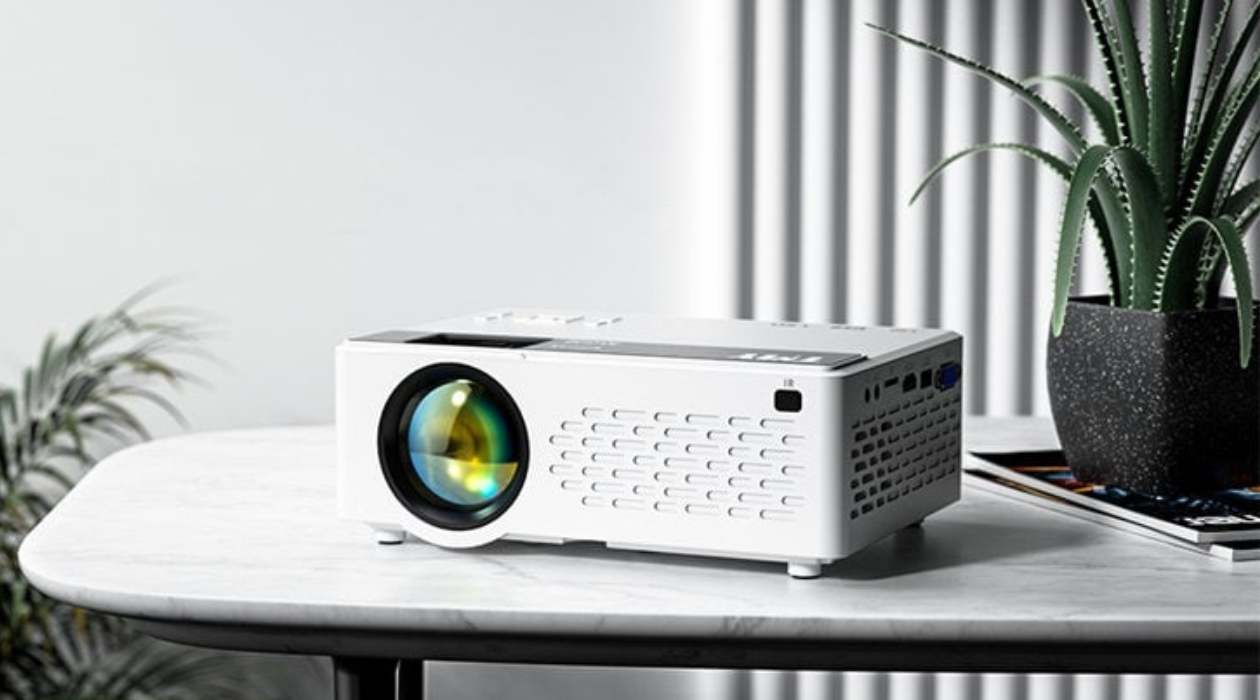
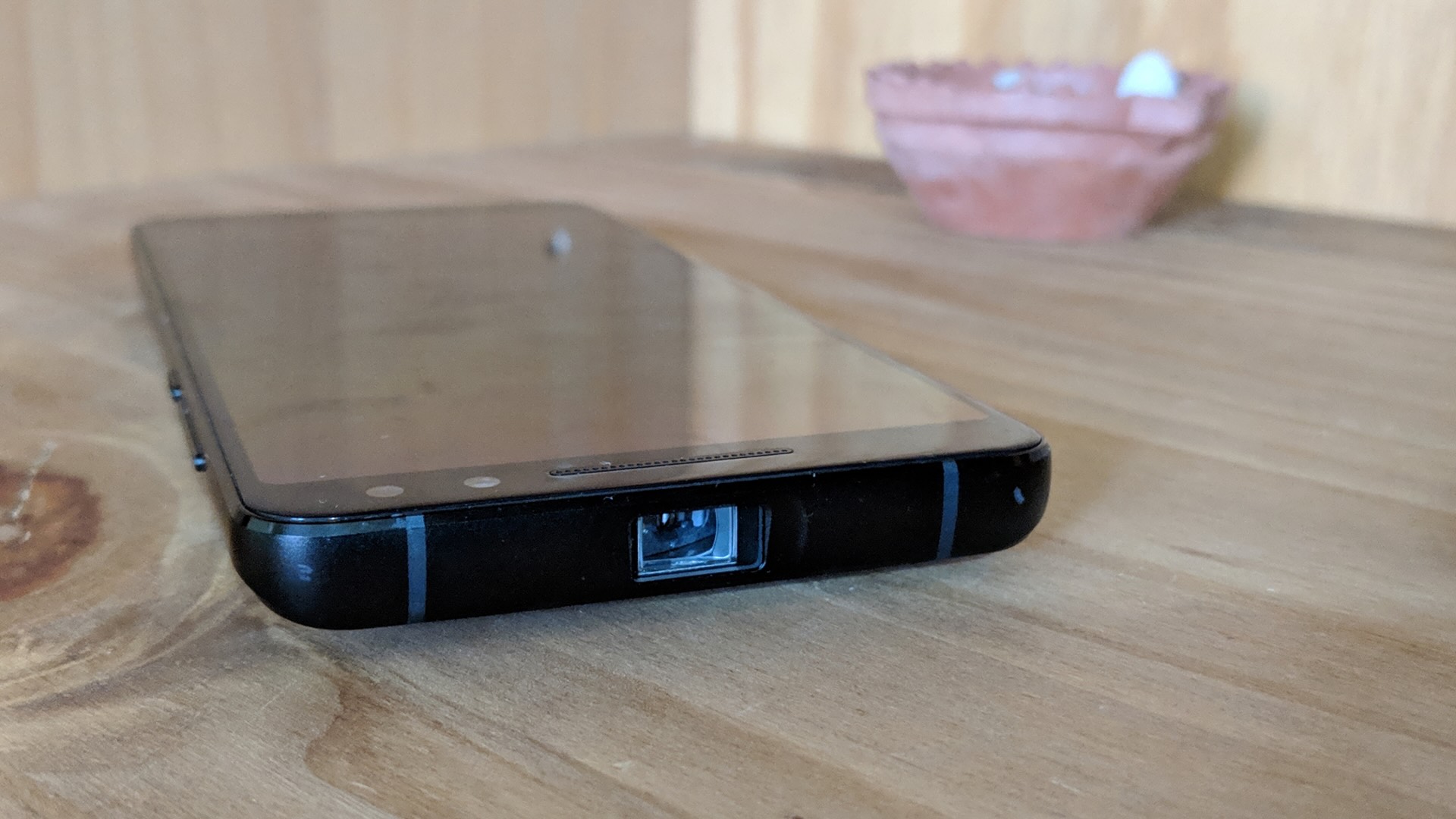
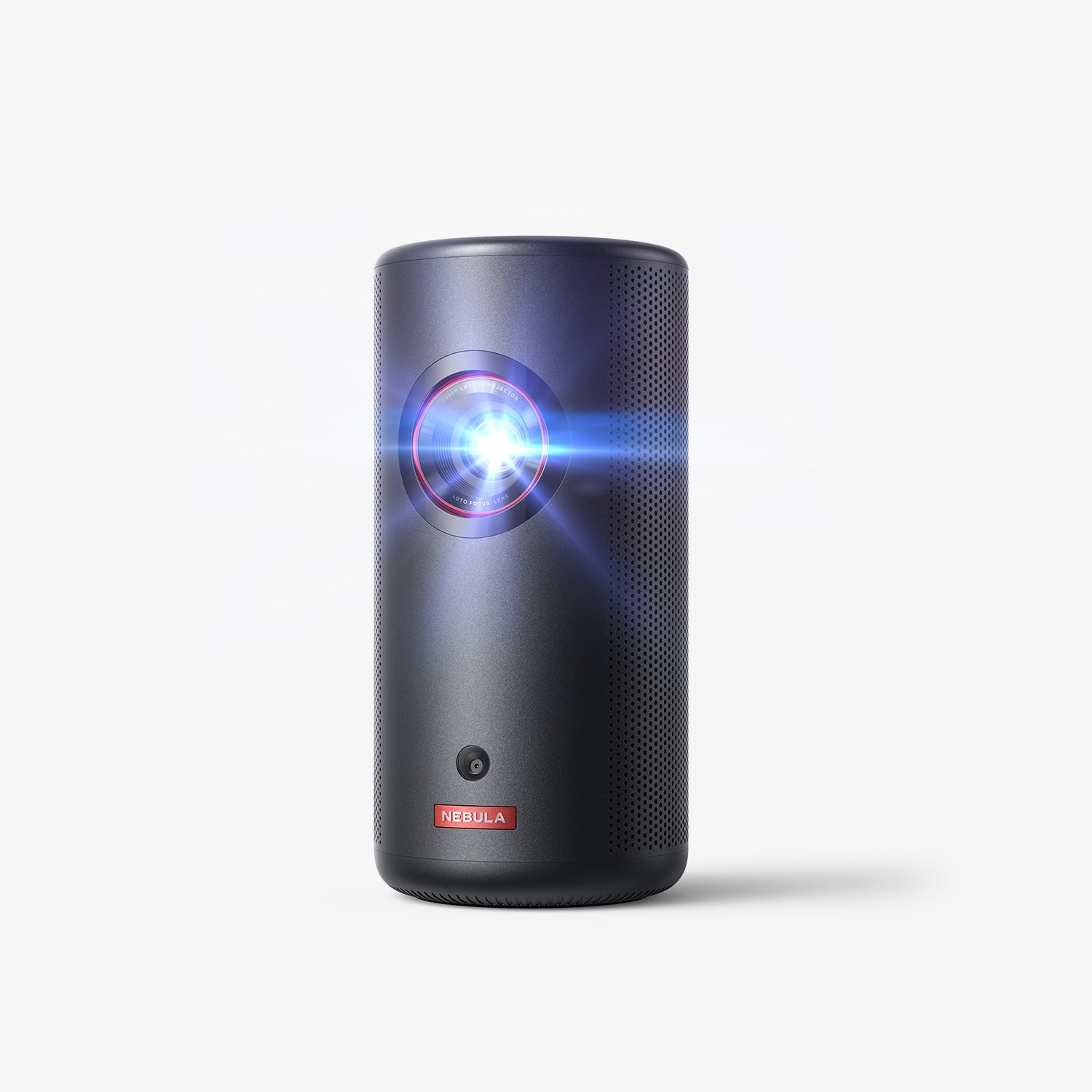
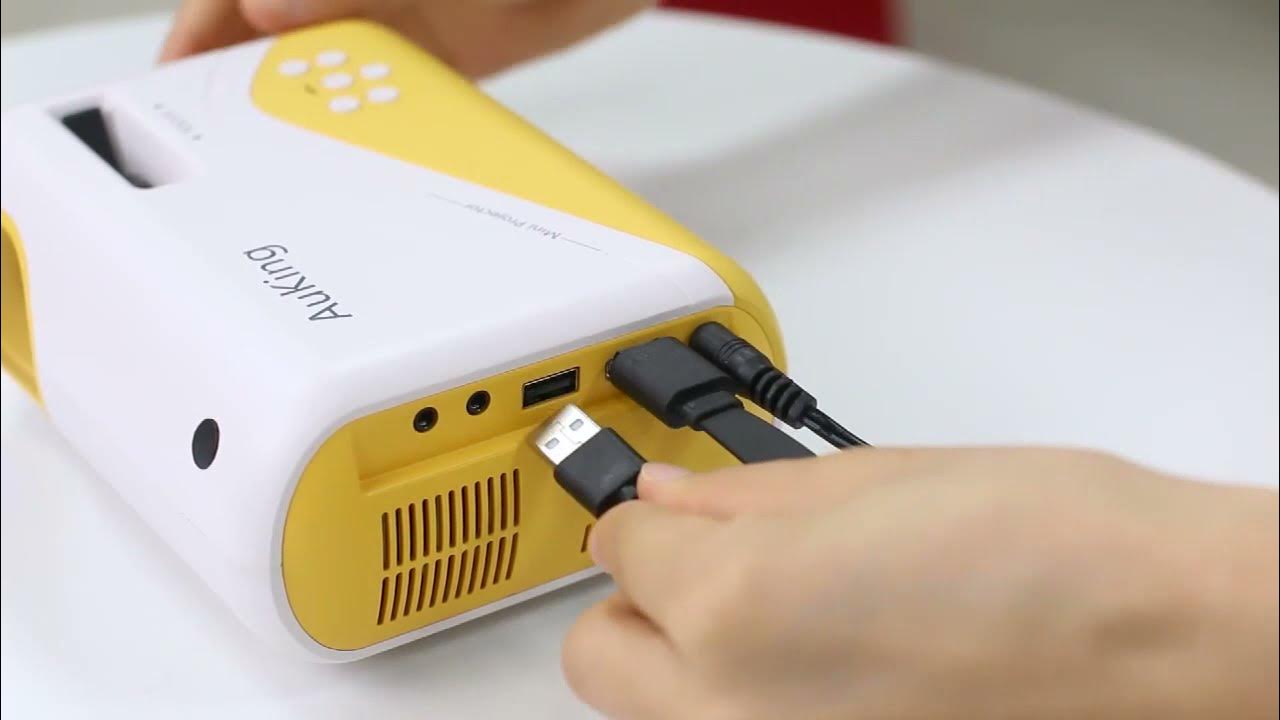
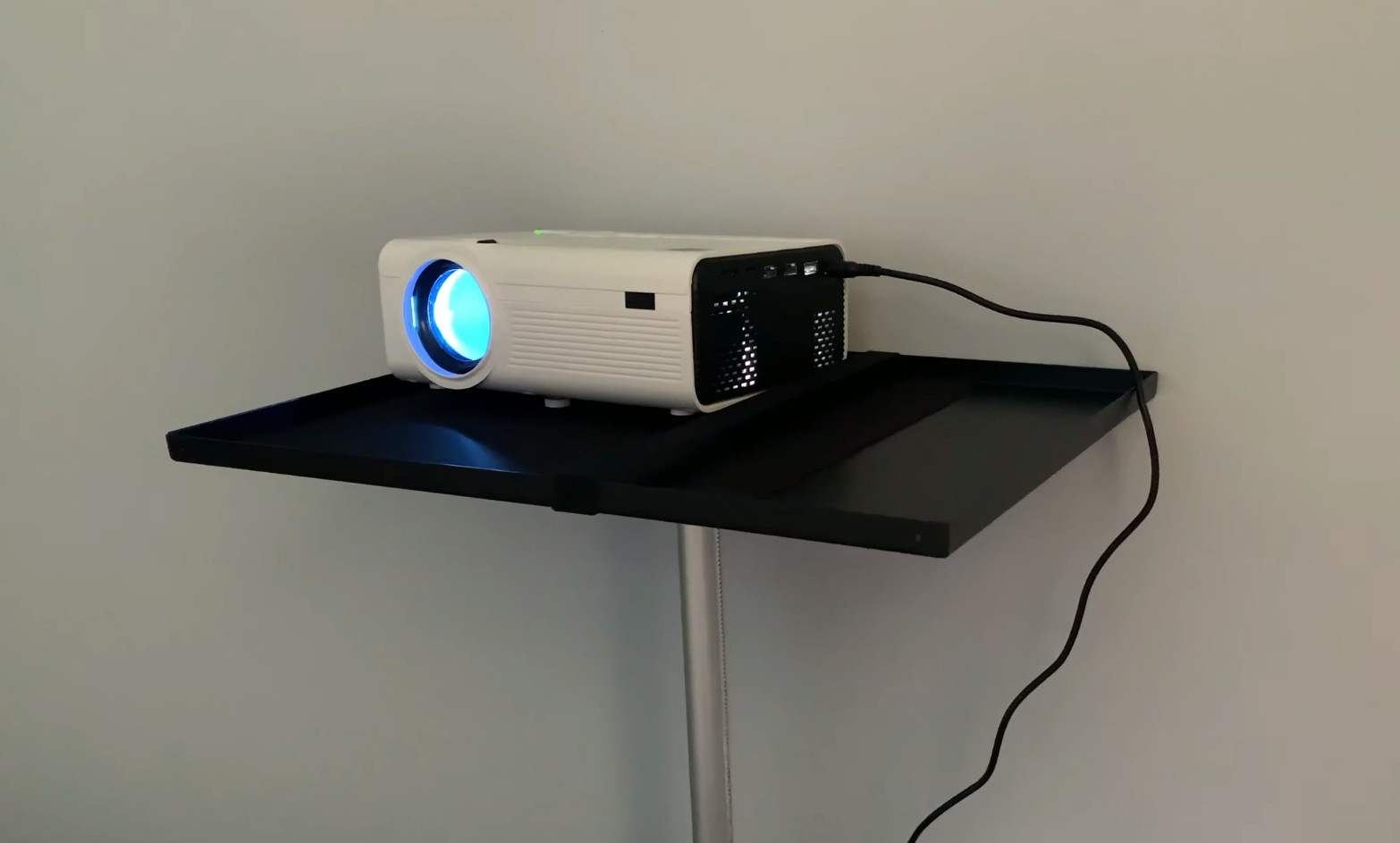
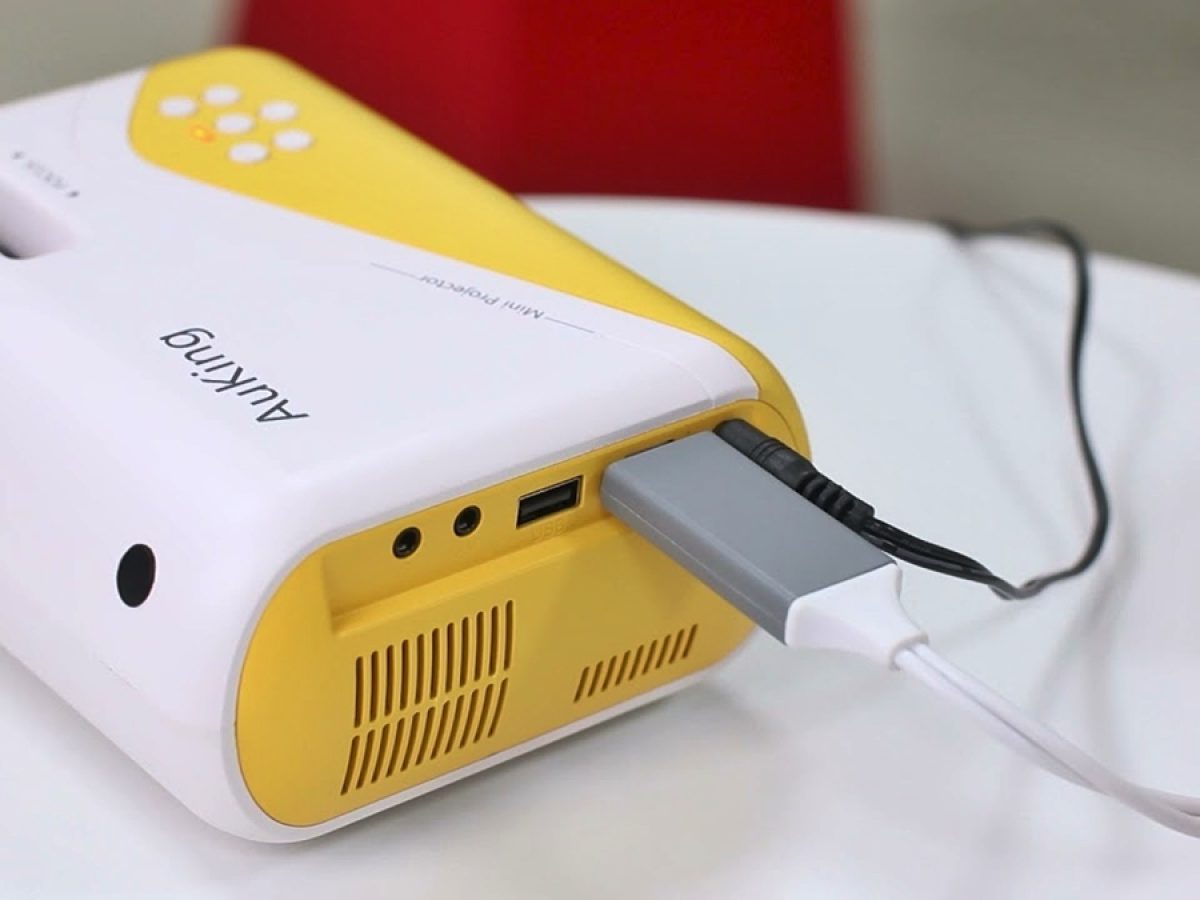
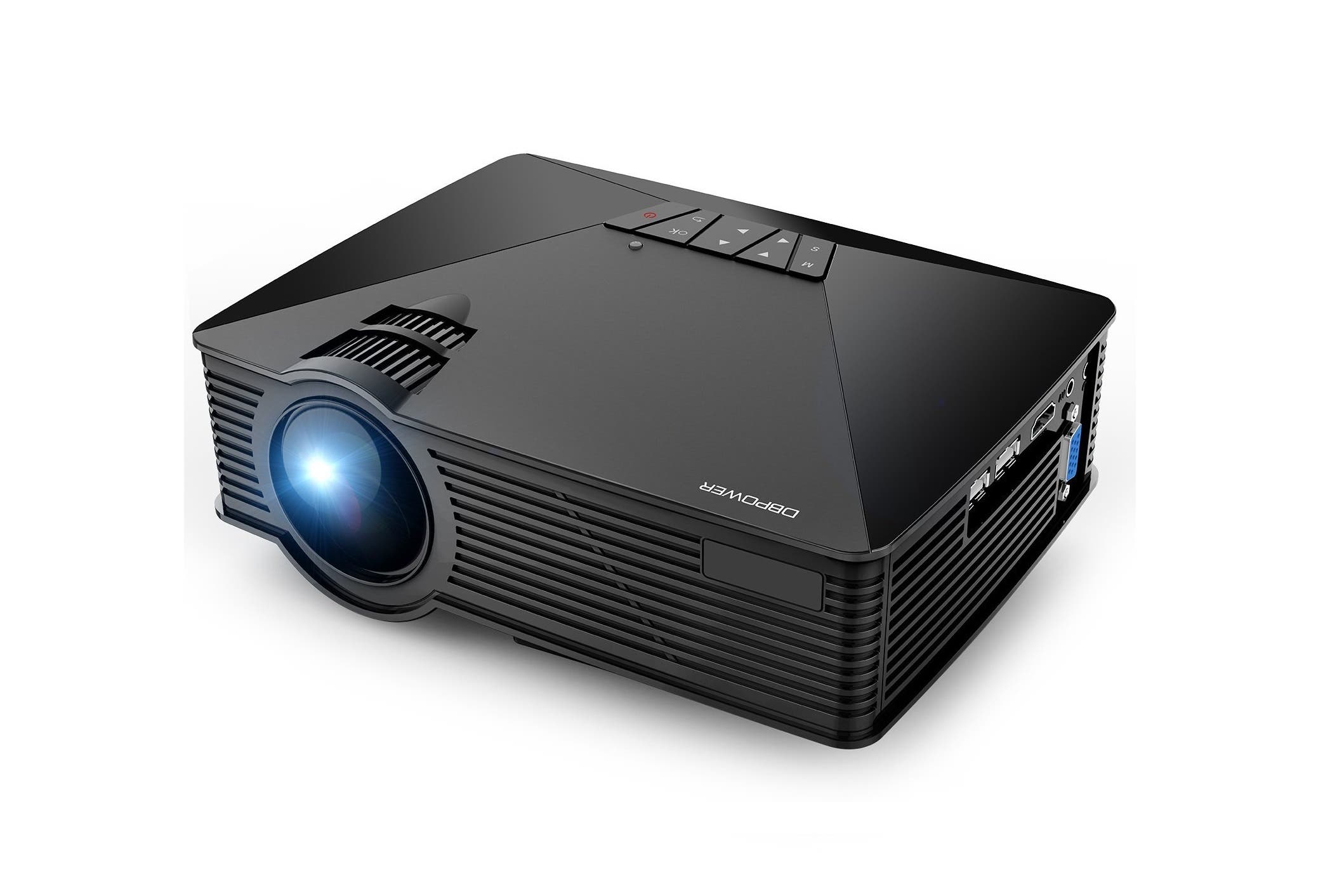
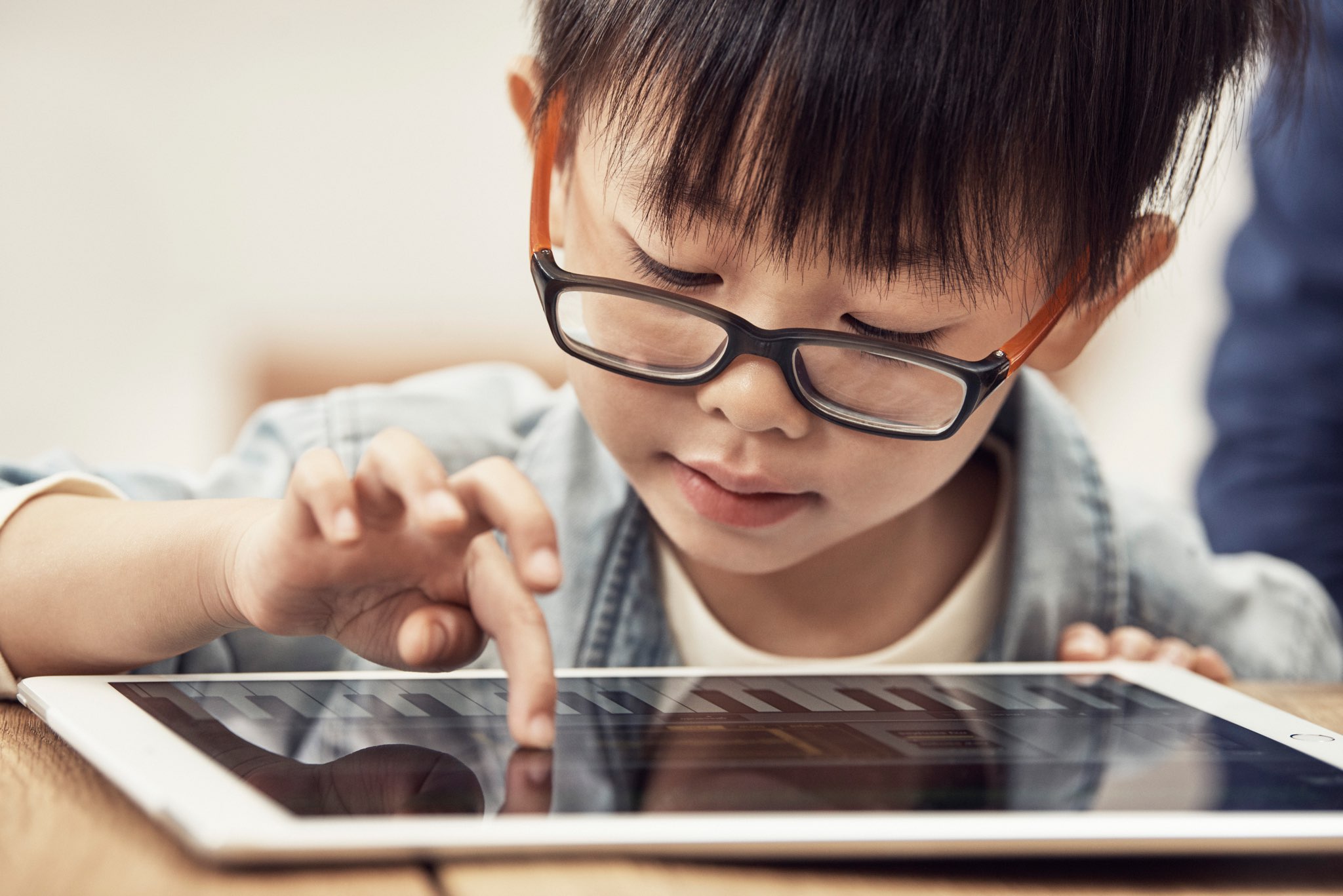
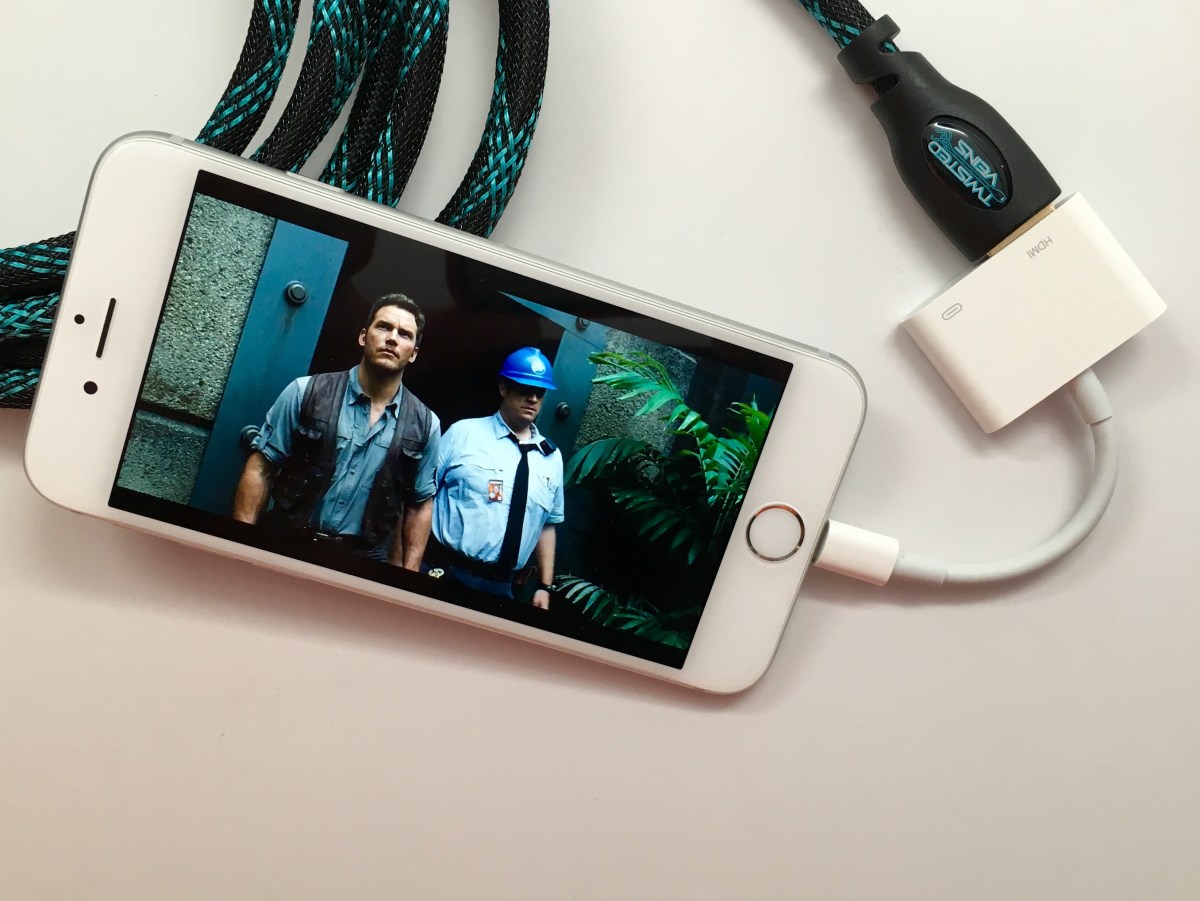
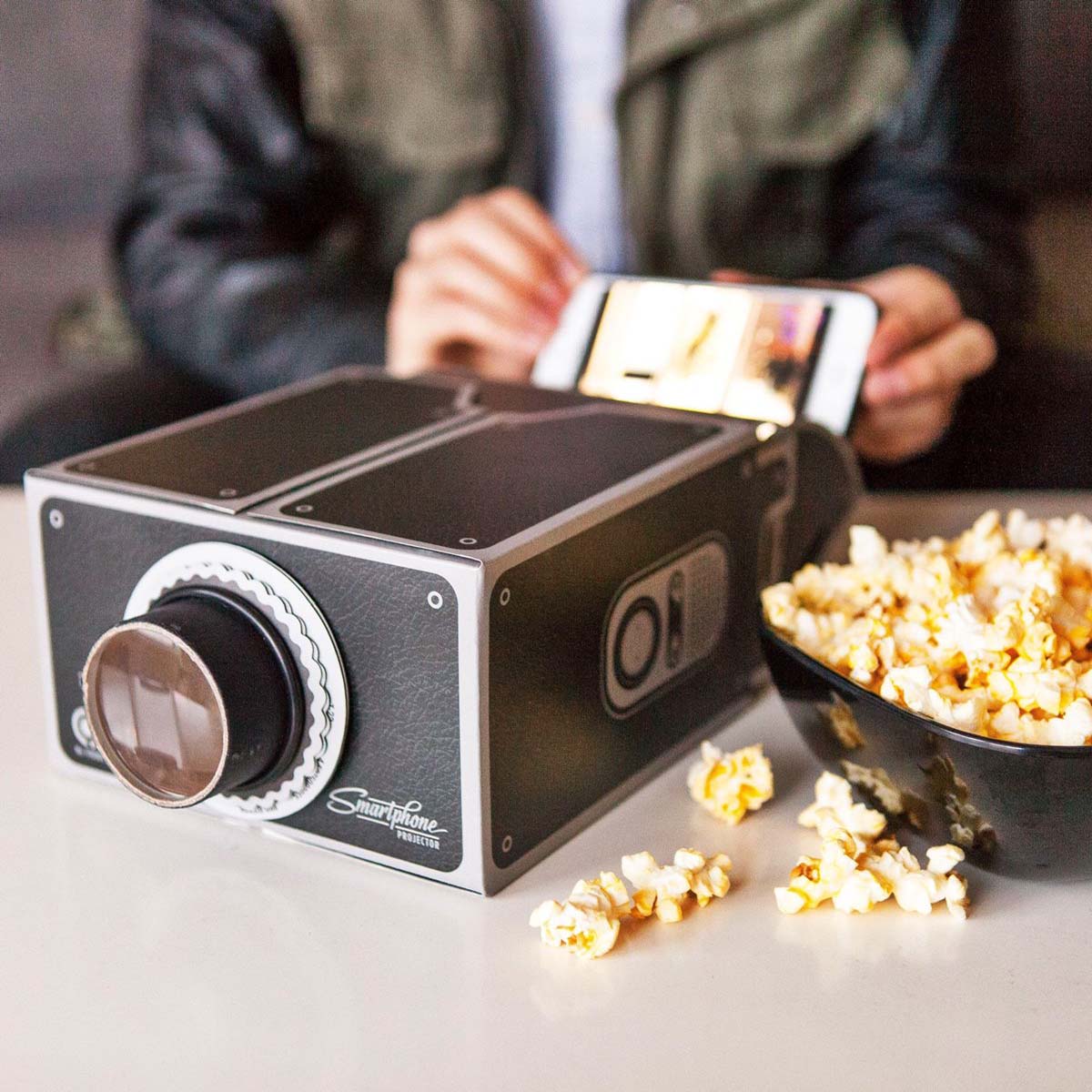
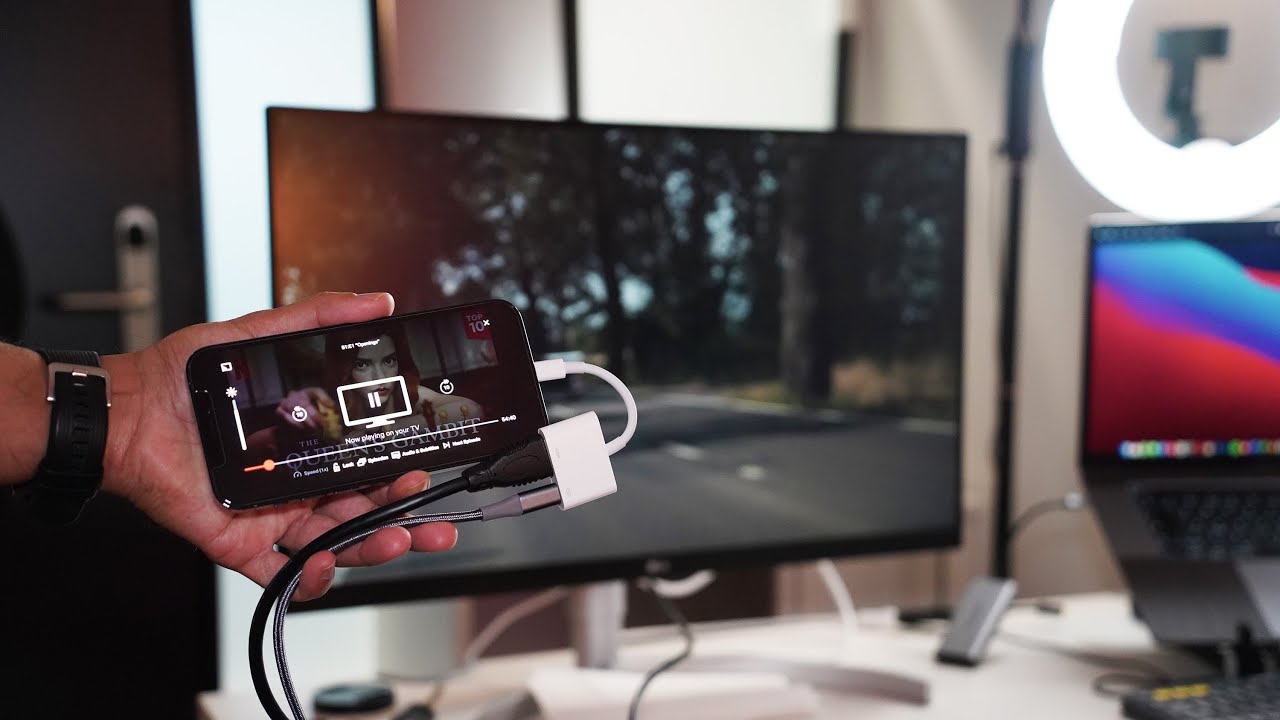
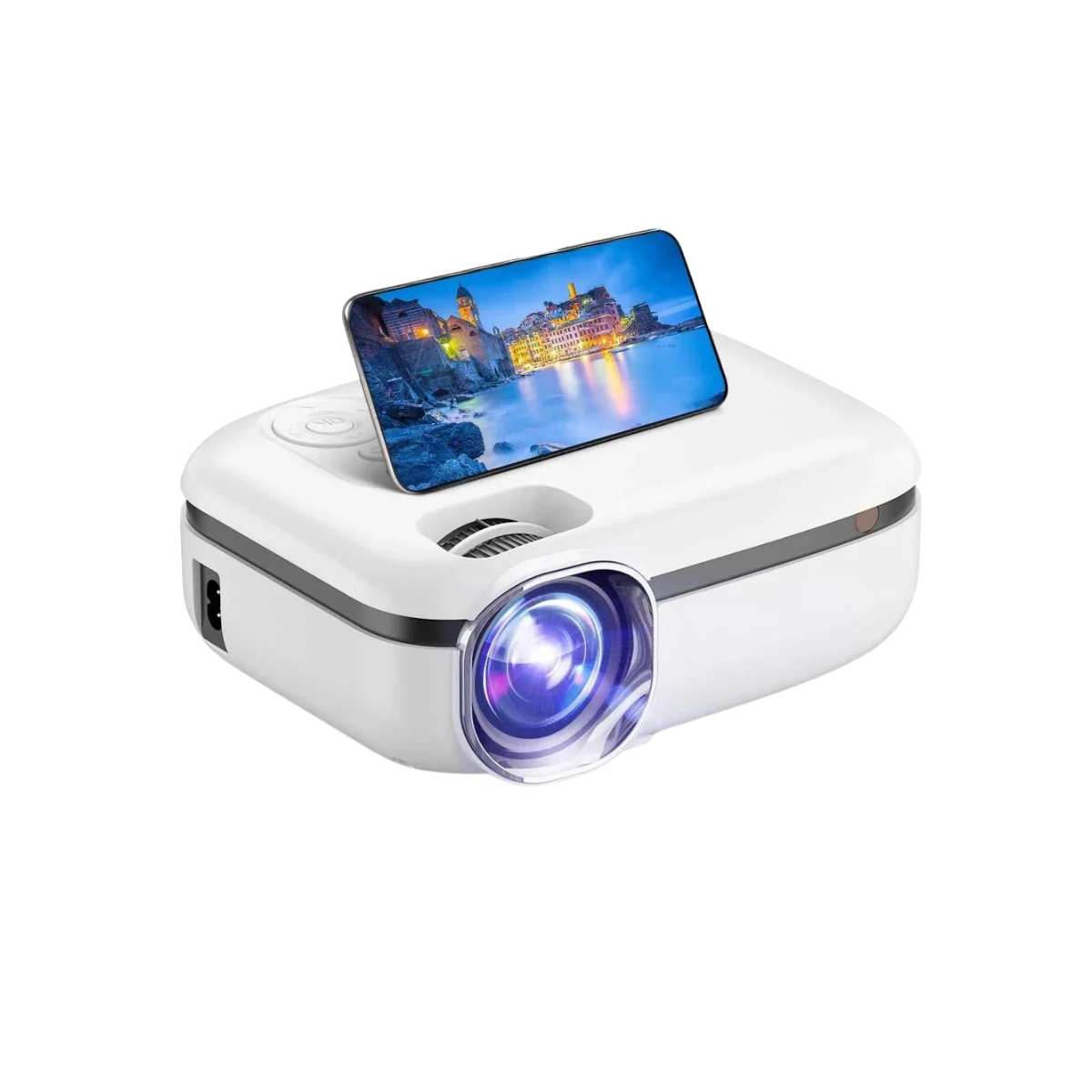
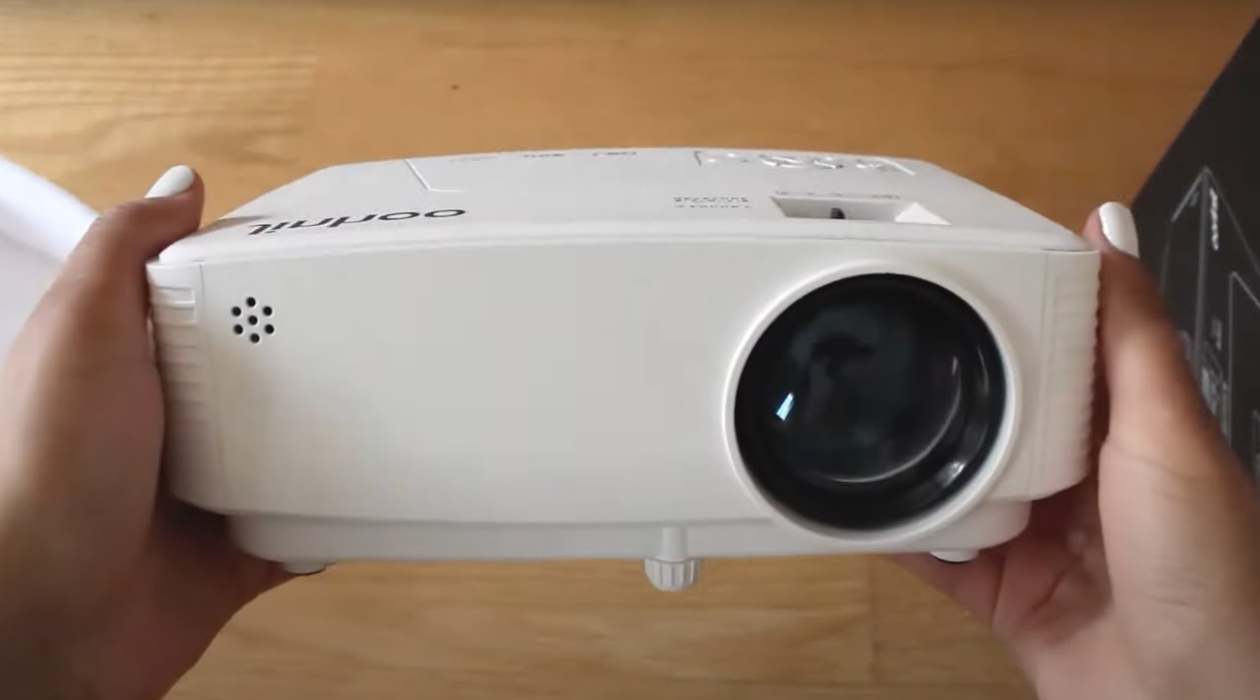
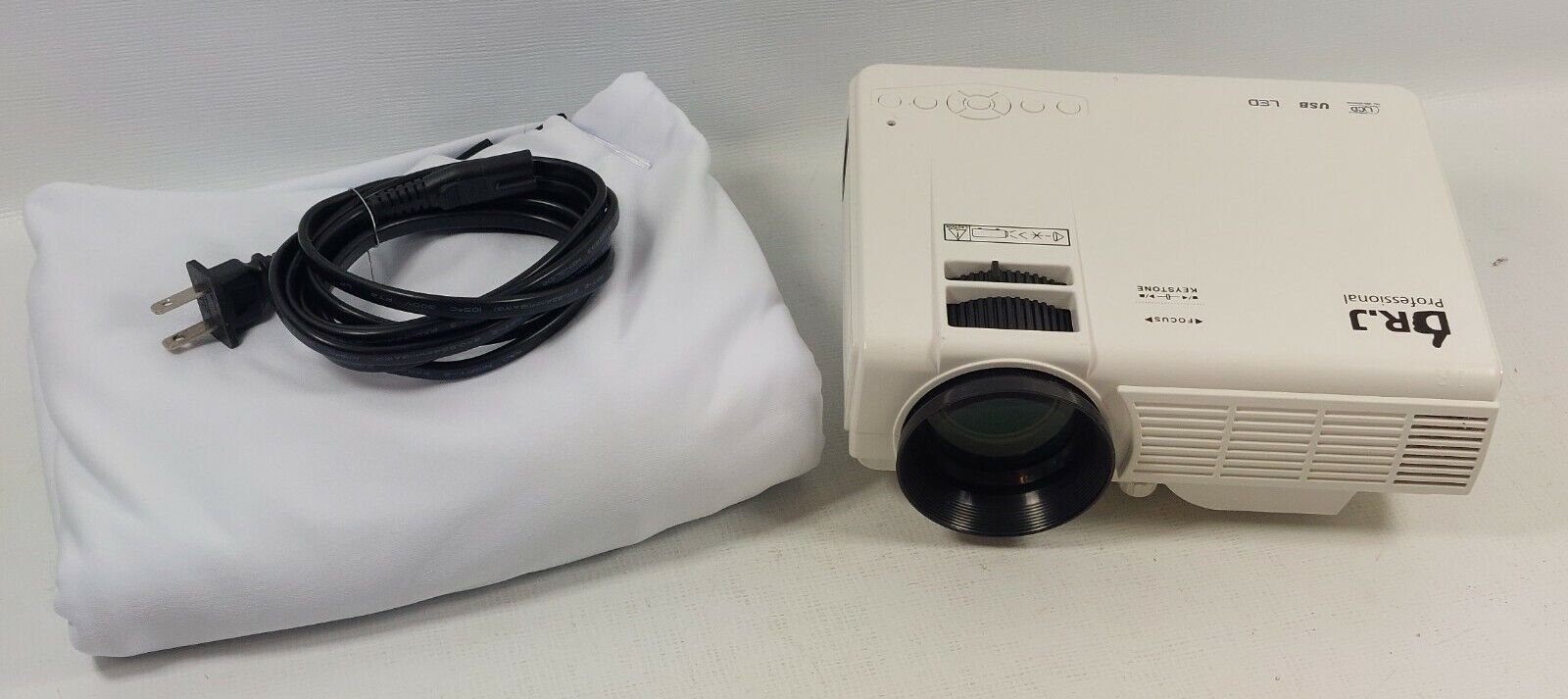

0 thoughts on “How To Use Your Phone As A Projector”